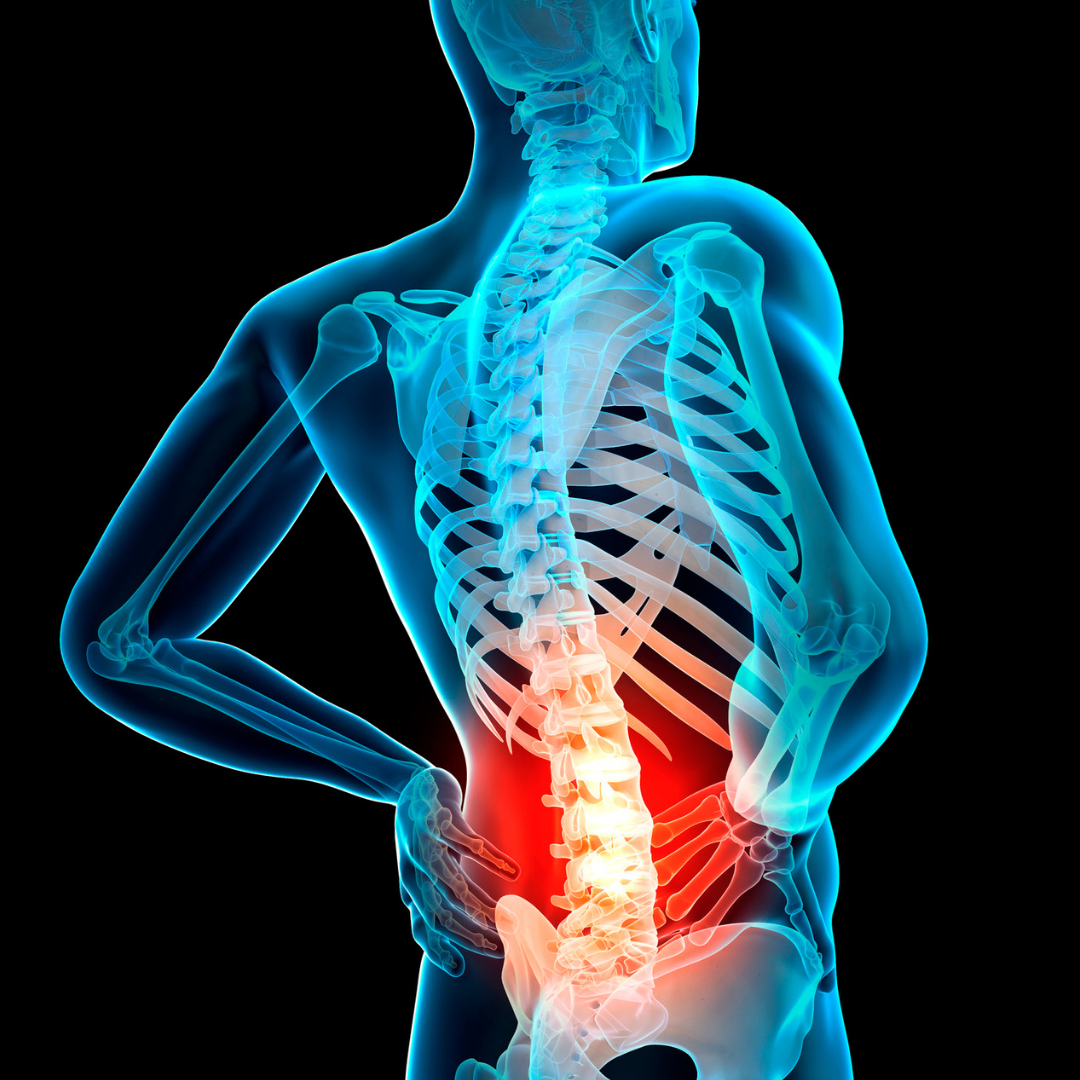New findings in spine surgery are covered in the latest JBJS Guest Editorial What’s New in Spine Surgery. Here, we summarize the 5 most insightful studies, as selected by coauthor Jason Pui Yin Cheung, MBBS, MMedSc, MS, PDipMDPath, MD, FRCS, FHKAM, FHKCOS.
Nighttime Bracing
A multicenter randomized controlled trial (RCT) investigated the effectiveness of managing adolescent idiopathic scoliosis (AIS) with physical activity plus nighttime bracing, physical activity plus scoliosis-specific exercises, or physical activity alone in 135 patients. Nighttime bracing had a higher rate of treatment success (76%) than scoliosis-specific exercises (58%) or physical activity (53%)1.
Brace Weaning
The effects of gradual versus immediate brace weaning were evaluated in an open-label RCT. The RCT included 369 patients with AIS. Gradual brace weaning was not found to be superior to immediate brace weaning, with the treatment groups showing no significant differences in the change in Cobb angle, truncal balance, or health-related quality of life at 6, 12, and 24 months2.
Genetics in Pediatric Deformity
In a study of multigenerational families and >4,000 subjects, researchers found that defects in central pattern generators, which are important for neuromuscular coordination signaling between the left and right sides of the body, may be a cause of AIS. Specifically, heterozygous variants of SLC6A9 on the glycine transporter 1 gene (GLYT1) were identified in individuals with scoliosis. Zebrafish knockout models further confirmed the causal effects3.
The roles of VANGL1 and VANGL2 (components of the Wnt/planar cell polarity signaling pathway that are important for vertebral development) in congenital vertebral malformations were studied in a multiethnic cohort of patients with congenital scoliosis. The findings were validated in zebrafish models4. The study showed that “the penetrance and severity of vertebral malformations increased with reduced VANGL gene dosage,” explain Guest Editorial authors Dr. Cheung et al.
Degenerative Cervical Conditions
A level I multicenter study published in JBJS compared posterior cervical foraminotomy to anterior cervical discectomy and fusion (ACDF) for the treatment of cervical radiculopathy in 265 patients. Posterior cervical foraminotomy was noninferior with respect to arm pain reduction at 2 years postoperatively. Small between-group differences were observed in the secondary outcomes5.
What’s New in Spine Surgery is freely available at JBJS.org.
What’s New by Subspecialty
Each month, JBJS publishes a review of the most pertinent studies from the orthopaedic literature in a select subspecialty. To read the reports, visit the What’s New by Subspecialty collection at JBJS.org.
Recent OrthoBuzz posts include: What’s New in Foot and Ankle Surgery, What’s New in Sports Medicine, and What’s New in Hand and Wrist Surgery.
References
- Charalampidis A, Diarbakerli E, Dufvenberg M, Jalalpour K, Ohlin A, Ahl AA, Möller H, Abbott A, Gerdhem P; CONTRAIS Study Group. Nighttime bracing or exercise in moderate-grade adolescent idiopathic scoliosis: a randomized clinical trial. JAMA Netw Open. 2024 Jan 2;7(1):e2352492.
- Cheung PWH, Chan OKO, Wu H, Lai MKL, Wong LPK, Tang S, Cheung JPY. Immediate vs gradual brace weaning protocols in adolescent idiopathic scoliosis: a randomized clinical trial. JAMA Pediatr. 2024 Jul 1;178(7):657-68.
- Wang X, Yue M, Cheung JPY, Cheung PWH, Fan Y, Wu M, Wang X, Zhao S, Khanshour AM, Rios JJ, Chen Z, Wang X, Tu W, Chan D, Yuan Q, Qin D, Qiu G, Wu Z, Zhang TJ, Ikegawa S, Wu N, Wise CA, Hu Y, Luk KDK, Song YQ, Gao B. Impaired glycine neurotransmission causes adolescent idiopathic scoliosis. J Clin Invest. 2024 Jan 16;134(2):e168783.
- Feng X, Ye Y, Zhang J, Zhang Y, Zhao S, Mak JCW, Otomo N, Zhao Z, Niu Y, Yonezawa Y, Li G, Lin M, Li X, Cheung PWH, Xu K, Takeda K, Wang S, Xie J, Kotani T, Choi VNT, Song YQ, Yang Y, Luk KDK, Lee KS, Li Z, Li PS, Leung CYH, Lin X, Wang X, Qiu G, Watanabe K, Wu Z, Posey JE, Ikegawa S, Lupski JR, Cheung JPY, Zhang TJ, Gao B, Wu N; DISCO (Deciphering disorders Involving Scoliosis and COmorbidities) study group; Japanese Early Onset Scoliosis Research Group. Core planar cell polarity genes VANGL1 and VANGL2 in predisposition to congenital vertebral malformations. Proc Natl Acad Sci U S A. 2024 Apr 30;121(18):e2310283121.
- Simões de Souza NF, Broekema AEH, Reneman MF, Koopmans J, van Santbrink H, Arts MP, Burhani B, Bartels RHMA, van der Gaag NA, Verhagen MHP, Tamási K, van Dijk JMC, Groen RJM, Soer R, Kuijlen JMA; on behalf of the FACET investigators. Posterior cervical foraminotomy compared with anterior cervical discectomy with fusion for cervical radiculopathy: two-year results of the FACET randomized noninferiority study. J Bone Joint Surg Am. 2024 Sep 18;106(18):1653-63.



